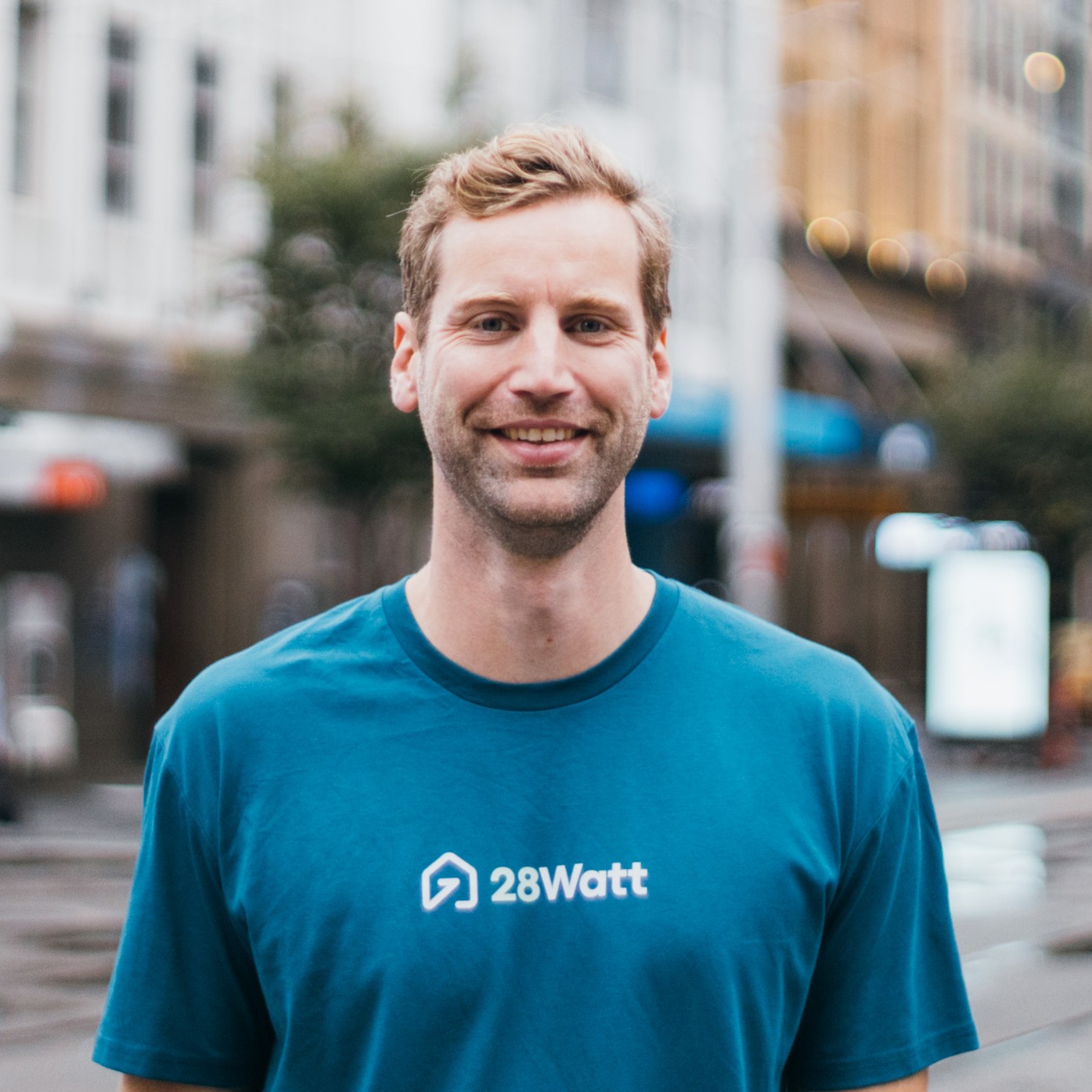Australians have clearly been waiting for this moment. The federal government's Cheaper Home Batteries program launched on July 1st, and the response? Absolutely massive.
Fresh data from the Clean Energy Regulator shows 19,592 battery installations were completed in July alone – that's more than 630 batteries going in every single day across the country. The total capacity? A whopping 344.1 MWh, which is enough storage to power thousands of homes through peak periods.
It's pretty clear that when you give people a decent rebate (up to $9,000 off) and a simple process, they'll jump at the chance to take control of their energy bills.
The State Breakdown: Some Interesting Surprises
NSW absolutely dominated the numbers, which isn't shocking given its population, but some of the other results were quite revealing:
The Installation Champions:
- NSW: 7,347 installations (37.5% of the total)
- QLD: 4,159 installations (21.2%)
- SA: 3,052 installations (15.6%)
- VIC: 2,716 installations (13.9%)

What's interesting is South Australia punching well above its weight again. With less than 8% of Australia's population, SA managed to capture 15.6% of all installations. This state just keeps proving it's the renewable energy testing ground for the rest of the country.
And speaking of interesting patterns – check out what happened with battery sizes.
Everyone's Going Big: The Capacity Jump
Here's where things get really interesting. Before July, most people were installing batteries around 11-12 kWh. But in July? The average jumped to 18.2 kWh. That's a 50% increase in typical battery size almost overnight.
Average Battery Sizes by State:
- NT: 22.4 kWh (they're not messing around up there)
- QLD: 19.8 kWh
- NSW: 18.5 kWh
- ACT: 17.9 kWh

Northern Territory leading the pack at 22.4 kWh makes perfect sense – when you're dealing with extreme weather and potentially less reliable grid infrastructure, you want maximum backup power.
But Queensland's high average is particularly telling. Hot summers mean serious air conditioning loads, and with excellent solar resources, it makes sense to install a battery big enough to store all that midday solar production for evening use.
Why Everyone's Sizing Up
The jump to bigger batteries isn't just about greed or future-proofing (though both play a part). The federal rebate structure actually rewards larger installations – the bigger the battery, the bigger the rebate, up to the maximum.
Plus, if you're already dealing with the disruption of an installation, the marginal cost of going bigger is often much smaller than doing two separate upgrades down the track.
There's also a practical element: battery technology keeps improving, but installation costs remain fairly fixed. Getting a larger system now means you're less likely to feel undersized in a few years when you add an electric car to the mix.

The Real Numbers Behind the Hype
Let's put these July figures in perspective. That 344.1 MWh of new battery capacity installed in one month is equivalent to about 1.5 times the entire Hornsdale Power Reserve – you know, that famous "big battery" in South Australia that made global headlines.
Except this capacity is distributed across nearly 20,000 homes instead of sitting in one location. That's actually much more valuable for grid stability and gives individual households direct control over their energy costs.
The distributed nature also means this capacity can't be switched off by a single technical fault or maintenance issue. It's resilience built into the system at the household level.
What This Means for the Grid (And Everyone's Bills)
Here's something interesting that doesn't get talked about enough: all these home batteries don't just help the people who install them. They actually help stabilize electricity costs for everyone.
When thousands of batteries are soaking up excess solar during the day and feeding power back during peak periods, it reduces the pressure on the whole grid system. Less stress on the grid means lower wholesale electricity prices during those expensive evening peaks.
Of course, whether that translates to lower bills for everyone depends on what the electricity retailers do with those savings. But at minimum, it puts downward pressure on the network costs that make up a big chunk of everyone's electricity bills.
The Sustainability Question
One thing the raw numbers don't show is how sustainable this growth rate is. The federal program started with $2.3 billion in funding, but if installations continue at July's pace, that money could be gone well before the planned 2030 end date.
There's apparently another $1.2 billion earmarked to extend the program, but there could still be gaps if the government doesn't act proactively.
The good news is that battery prices keep falling, so even if rebates get reduced over time, the net cost to consumers might not change dramatically.
Looking Forward: The EV Factor
What's really going to be interesting is watching how the EV transition intersects with this battery boom. Many of the households installing large battery systems now are probably the same ones considering electric cars in the next few years.
A 20 kWh home battery combined with a decent solar system can easily handle the charging needs of most electric cars for daily driving, especially if you're smart about timing the charging during solar production hours.
This creates a pretty compelling value proposition: solar + battery + EV charging all from your own rooftop, with minimal reliance on grid electricity or petrol stations.

The Financial Reality: Making It Work
Of course, all this enthusiasm needs to be grounded in financial reality. Even with rebates, battery systems represent a significant upfront investment – typically $15,000-$30,000 after rebates for most household installations.
The payback periods vary enormously depending on your electricity usage patterns, local tariff structures, and how well you can optimize the system operation. But for many households, especially those with high evening electricity usage, the numbers are starting to make compelling sense.
And that's before you factor in the insurance value of having backup power during outages, which seems to be happening more frequently as extreme weather events increase.
How to Finance Your Battery Investment
This is where the conversation gets practical. Even with rebates covering a decent chunk of the upfront cost, most people need some form of financing to make a battery system work with their budget. Find your green loan match here.
Traditional options like credit cards or personal loans can work, but the interest rates make them pretty expensive over the typical 7-10 year payback period of a battery system.
That's where green loans come in. These specialised products are designed specifically for energy efficiency improvements and renewable energy installations. The rates are significantly better – often 3-6% compared to 15-20% on credit cards.
Current green loan options include:
- RACQ: 2.79% for existing mortgage customers
- ING: 3.74% with up to $1,500 cash back
- CBA & Westpac: 3.99% with streamlined approval process
- Gateway Bank: 6.44%
The math is pretty compelling. On a $20,000 battery system financed over 7 years, the difference between a green loan at 4% and a credit card at 18% is over $10,000 in interest payments.
Smart financing can be the difference between a battery system that pays for itself and one that remains a financial burden for years.
Ready to explore how a battery system could work for your home and budget? Our team can help you navigate both rebates and financing options to find the right solution. Get in touch with 28Watt to start the conversation.




